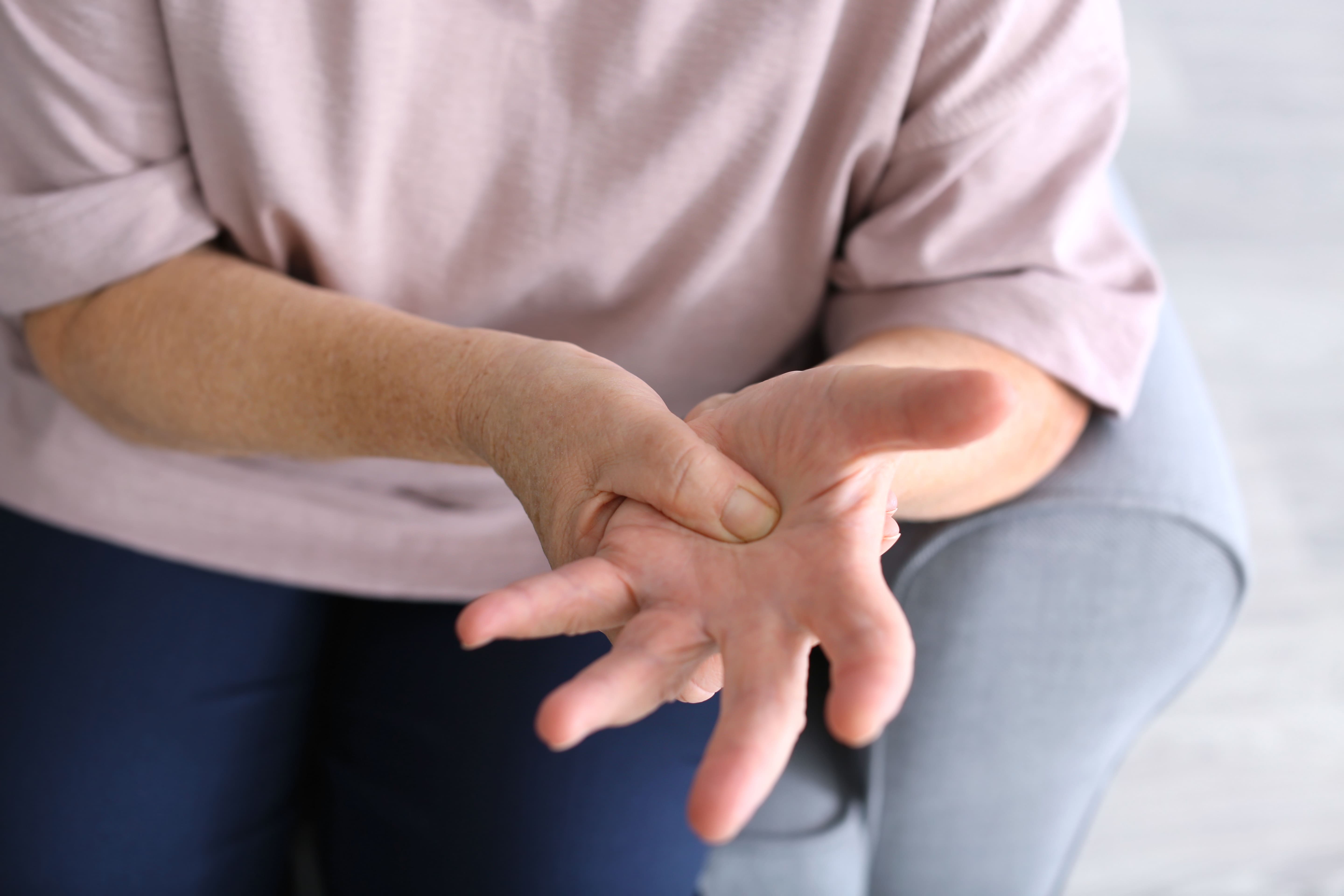Hand Pain: Common Causes and Treatments
Hand Injuries

You use your hands a lot. So when your hands hurt, it can seriously impact your quality of life. Learn about some of the most common causes of hand pain — and how to get to the bottom of that pain.
Your hand is a complex structure of 27 bones, more than 120 ligaments, 29 joints, 48 nerves, and 17 muscles. Working together, all those moving parts enable your hand to do the many everyday tasks you take for granted, from typing to grasping objects. So when your hand hurts or becomes stiff, your quality of life can see a pretty immediate downturn.
Because your hand is made up of so many different elements, your discomfort could be attributed to any number of conditions. A thorough examination by an orthopedist can determine what’s causing your pain and help you regain full function of your hand. While the list below is far from exhaustive, it offers a good introduction to some possible causes of your hand pain.
4 Common Causes of Hand Pain
Whether you experience a sudden onset of hand pain or a gradual worsening of existing pain, you’ll need a medical assessment to develop a treatment plan and get to the bottom of it. Some of the most common causes of hand pain include the following four conditions:
Carpal Tunnel Syndrome. Common among typists or anyone who works with their hands, carpal tunnel syndrome develops from a compression of the median nerve within the carpal tunnel connecting the palm side of the wrist to the forearm and hand. Frequently caused by repetitive motions, its most pronounced symptoms include numbness, tingling, and pain in the thumb and first three fingers of the hand. People with carpal tunnel syndrome also often complain of pain radiating up through the arm and difficulty gripping objects.
Treatment: Conservative methods to treat carpal tunnel syndrome begin with resting the hand and avoiding activities that cause pain. Wearing a splint and applying ice compresses can reduce the symptoms, as well. Anti-inflammatories, steroids, and physical therapy are other possible treatment options. If those don’t work, surgery can release the pressure on the median nerve in the carpal tunnel.
Injury. When you stumble, you naturally try to break the fall with your hand. But that leaves your outstretched hand vulnerable to a fracture of one of its many bones. A broken bone will cause swelling and pain and look disjointed.
Treatment: If you suspect you may have broken a bone, see your doctor or go to the ER immediately. Most likely, you’ll need to splint on the hand or finger to give the fracture time to heal.
Trigger Finger. The tendons of your fingers move through tunnels known as flexor tendon sheaths. Located at the base of your finger, these sheaths sometimes become irritated and swell, locking your finger in a bent position. Trigger finger, as it’s called, also causes a painful bump on the top of your palm or base of the finger. Repetitive hand motions and medical conditions such as diabetes can cause trigger finger. Trigger finger is similar to De Quervain’s tenosynovitis, which only affects the tendons around the thumb.
Treatment: Immobilizing the finger in a splint gives the joint time to rest and recover. Avoid any activities, such as gripping, that cause pain. Anti-inflammatories and steroid injections in the finger can reduce symptoms, too. Ice therapy and stretching exercises (as prescribed by a physical therapist) are two other conservative treatment options. If those fail to provide relief, a surgeon can perform a percutaneous trigger finger release surgery to unlock the flexor tendon sheath.
Arthritis. Just like any other joint in your body, your hands and fingers can be struck by the pain and stiffness of arthritis. A chronic condition usually seen in older adults, arthritis is a gradual wearing down of the cartilage that cushions the joint bones. Without that layer of protection, the bones grate against each other, leading to pain and stiffness. Rheumatoid arthritis, an autoimmune disease, similarly causes joint pain and inflammation.
Treatment: Alleviating arthritis pain can be accomplished with medications or steroid injections. Physical and occupational therapy is also helpful when it comes to regaining full motion of the hand. To prevent more damage, the hand or finger can be placed in a splint. Surgery is a last resort for arthritis cases.
Don’t Live with Hand Pain
If you’re experiencing hand pain, the physical therapists at All Sports Physical Therapy can help you get the treatment you need to regain full function of your hand and get back to normal life. Contact us today for a consultation.



